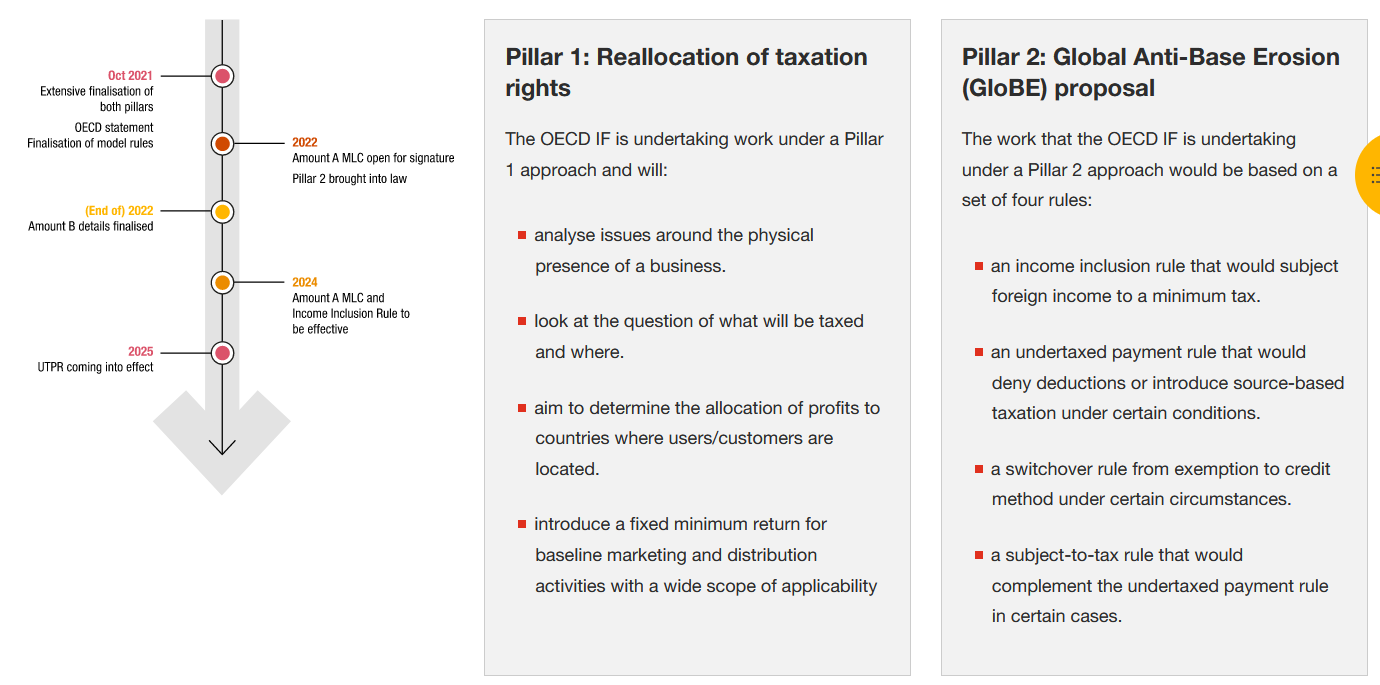Transfer Pricing: 5 Tips
David McDonald from PwC suggests in TMI (Treasury Management International) 5 things that help you stay active and up to date on transfer pricing:
- Statement: Group Tax is responsible for transfer pricing. Treasury sets and applies the policies.
Risk: Without clear communication between the treasury and tax departments, there is a risk of penalties. - Statement: We have a great policy established and 2017 by a specialist and run it this way.
Risk: In 2020, the OECD published detailed guidelines focused on IC-loans, cash pool, guarantees, hedging, and captive insurance. We stayed tuned and made the necessary updates. - Statement: We have benchmarks; we use fixed rates from 2020.
Risk: Prices have changed significantly in the last 12 months. The use of outdated benchmarks is dangerous. - Statement: The excellent bank relationship ensures indicative quotes for IC-transactions.
Risk: OECD guidance state clearly that bank quotes are not an acceptable form because tax authority can/will ignore them. Use a transfer pricing benchmark that can be defended. - Statement: Performing detailed analyses on every loan and related party.
Risk: IC-Loan amount/size matters for tax at risk. A 5m IC-loan is less at risk than a 50m IC-loan. Use a standard policy that applies to 80-90% of intra-group loans and only evaluate the largest transactions.
Details in the PwC report on TMI (Login required, report available at Tomato)
